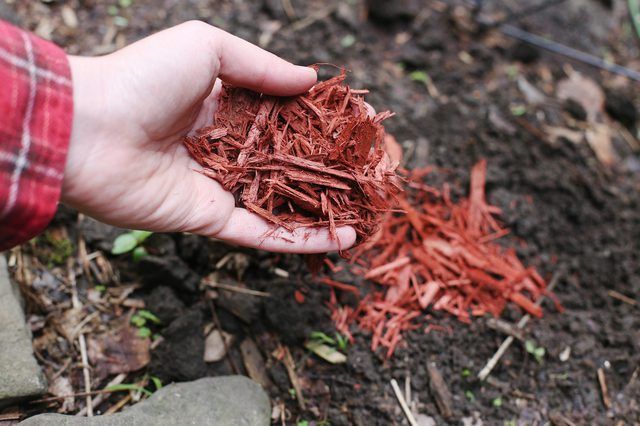Bulbs
Flower Basics
Flower Beds & Specialty Gardens
Flower Garden
Garden Furniture
Garden Gnomes
Garden Seeds
Garden Sheds
Garden Statues
Garden Tools & Supplies
Gardening Basics
Green & Organic
Groundcovers & Vines
Growing Annuals
Growing Basil
Growing Beans
Growing Berries
Growing Blueberries
Growing Cactus
Growing Corn
Growing Cotton
Growing Edibles
Growing Flowers
Growing Garlic
Growing Grapes
Growing Grass
Growing Herbs
Growing Jasmine
Growing Mint
Growing Mushrooms
Orchids
Growing Peanuts
Growing Perennials
Growing Plants
Growing Rosemary
Growing Roses
Growing Strawberries
Growing Sunflowers
Growing Thyme
Growing Tomatoes
Growing Tulips
Growing Vegetables
Herb Basics
Herb Garden
Indoor Growing
Landscaping Basics
Landscaping Patios
Landscaping Plants
Landscaping Shrubs
Landscaping Trees
Landscaping Walks & Pathways
Lawn Basics
Lawn Maintenance
Lawn Mowers
Lawn Ornaments
Lawn Planting
Lawn Tools
Outdoor Growing
Overall Landscape Planning
Pests, Weeds & Problems
Plant Basics
Rock Garden
Rose Garden
Shrubs
Soil
Specialty Gardens
Trees
Vegetable Garden
Yard Maintenance
How to Know When to Plant Sunflowers
How to Know When to Plant Sunflowers. Historians believe people first began growing sunflowers (Helianthus annuus) more than 3,000 years ago in the western United States. Today sunflowers thrive throughout U.S. Department of Agriculture plant hardiness zones 2 through 11. Your sunflowers will be in full bloom within 80 days of sowing the seeds and...
Historians believe people first began growing sunflowers (Helianthus annuus) more than 3,000 years ago in the western United States. Today sunflowers thrive throughout U.S. Department of Agriculture plant hardiness zones 2 through 11. Your sunflowers will be in full bloom within 80 days of sowing the seeds and are ready to harvest within 120 days of planting. Knowing not just when to plant your sunflower seeds, but how to plant them best, is essential for the tallest, biggest and healthiest sunflower plants.
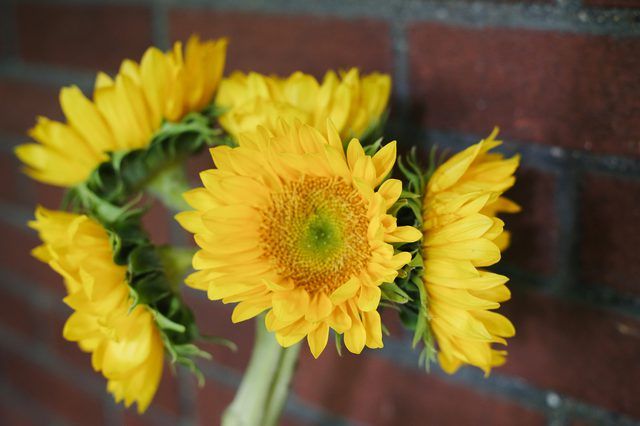
Wait to plant your sunflowers until the last frost date in your region has passed. Chilly, frosty conditions can kill young sunflower seedlings or stunt flower plant growth. In general, sunflower seeds will germinate best when the soil's temperature has reached a minimum of 55 to 60 degrees Fahrenheit.
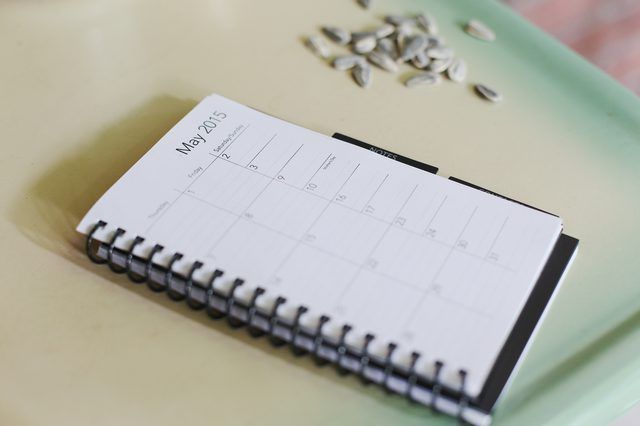
Before planting your sunflower seeds, watch your chosen planting site and monitor how much sun it gets. Sunflower plants thrive in full sun, meaning they need to receive at least six to eight hours of direct sunlight every day. More is better. For optimal results, you may wish to consider a planting site located on an east- or west-facing side of your property to maximize your sunflower garden's sun exposure.
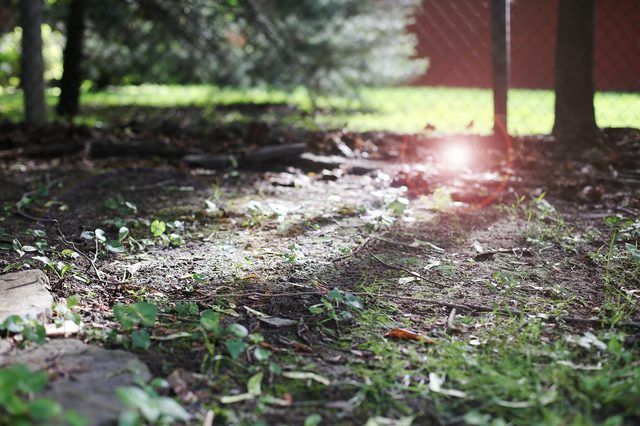
Once temperatures and sunlight hours indicate it's time to plant the sunflower seeds, pull out your garden spade and till your flowerbed's soil. Sunflowers have an extensive root network. Before planting, break up the soil to a depth of at least 24 inches. Then, mix in 3 to 4 inches of compost. Not only does this improve soil drainage -- essential for sunflower health -- but it also establishes all the nutrients your sunflower plant will need. Adding fertilization is optional. Should you want to, use a slow-release 12-4-6 or similar fertilizer at a rate of 1 pound for every 50 square feet of flowerbed.
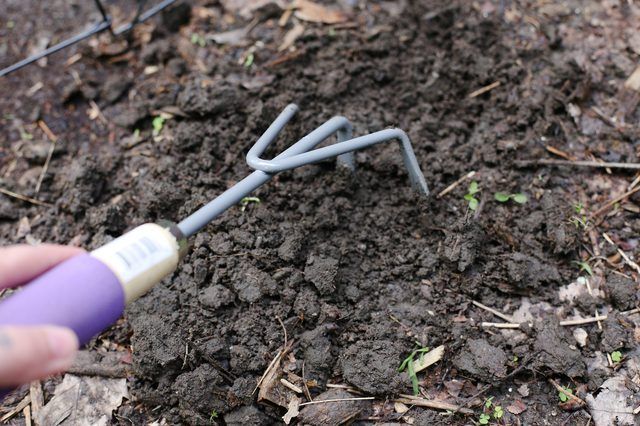
You've laid the groundwork for healthy sunflower plants. Now it's time to sow the seeds. Use high-quality seeds from a garden store or nursery that's been certified as free of disease. Roasted sunflower seeds from a grocery store won't work, as the heat kills the seed. Bury the sunflower seed approximately 1 inch deep. If you're planting more than one seed, space them apart by 6 inches. This spacing works for most sunflower varieties, which tend to reach a mature height of 2 to 5 feet. If you're planting giant sunflowers that grow taller than 5 feet, space them apart by at least 12 inches.
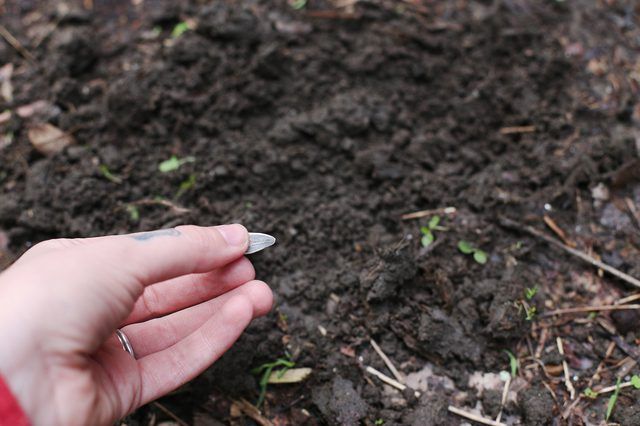
Water your flowerbed once a day or as necessary to keep the soil moist. Once seedlings emerge and the plants are established, you can reduce watering to once a week. Infrequent yet deep watering -- applying enough water to moisten the soil to a depth of a couple feet -- encourages deeper root growth, which in turn creates healthier sunflower plants. When watering, apply the water at the sunflower plant's base instead of sprinkling water overhead, which can damage sunflowers. To help conserve soil moisture, add a 3-inch-thick mulch layer to your sunflower planting site.
